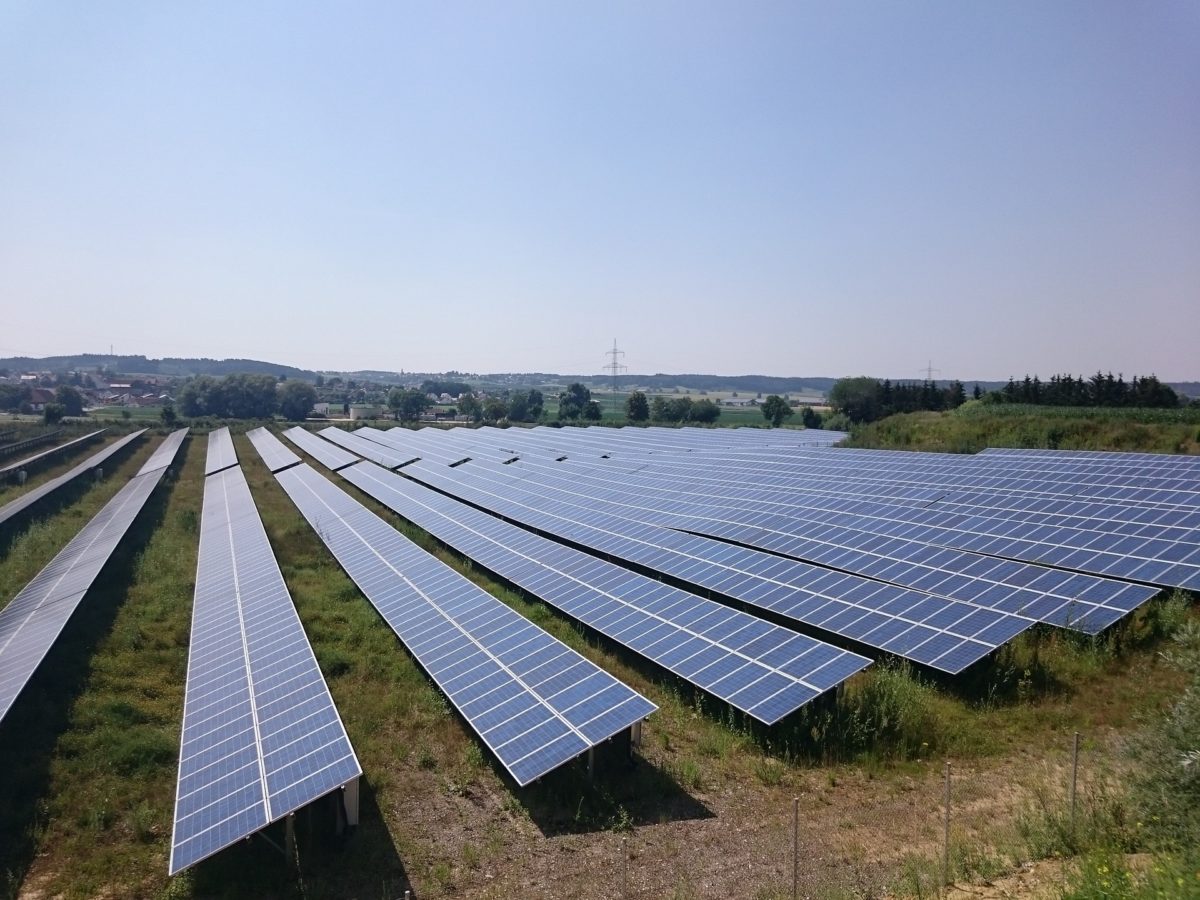Researchers from Italian startup Officina del Sole (oSole) have conducted a study to show the importance of non–linear degradation curves in assessing the profitability of large-scale solar projects.
“Degradation curves in photovoltaic modules are frequently non-linear and this technical knowledge is often neglected by the financial world,” Alessandro Virtuani, co-founder of oSole and a senior researcher at the École Polytechnique Fédérale de Lausanne (EPFL), told pv magazine
Virtuani noted that non-linearities in a project's early operation stages can have a significant economic impact, especially at sites with lower solar resources.
“We observe that having prudent estimates of the performance loss rate (PLR) is increasingly important with higher bank interest rates and when larger portions of debt are used,” he said.
The scientists said that plant degradation is often related to the degradation of solar modules. This approach is a frequently used approximation, but it does not take into account that a plant’s overall degradation could be related to the degradation of other components such as inverters, or reversible-failure modes such as soiling or shading.
The group also suggested that business plans are regularly stress-tested using three kinds of degradation curves. There is a linear one with a constant PLR of -0.5%, which they called a “reference” case. There is a two-step curve based on the optimistic assumption that there is no degradation in first 20 years of operation, followed by a PLR of around 1.8% per year. And there is also a logarithmic curve based on pessimistic assumptions.
“This is similar to what is regularly done using P50 and P90 metrics to assess the potential of solar resources in the siting phase,” explained Virtuani.
The team simulated the unleveraged interest return rate (IRR) for three merchant PV projects located across the different regions in Italy under two different scenarios, which they dubbed REP 1 and REP 2. They assumed the project structure costs were the same for all locations.
“The focus was on merchant utility-scale projects because the project structure is generally more detailed, all the electricity is sold on the wholesale market or with power purchase agreements margins of suppliers all over the value-chain are compressed, and the impact of unexpected degradation trajectories may be much larger rather than, for example, in residential or C&I plants,” Virtuani said.
Popular content
In the first scenario, a project was expected to have a PLR of around 2% per year and 20% after 10 years, followed by full module replacement. In the second scenario, projects were assumed to show logarithmic degradation of around 40% after 10 years.
“Costs of modules in ten years from now was modeled assuming market growth with CAGR of 30% and historical learning rate for module costs of 22.8%,” the scientists said.
Virtuani said the scientists wanted to show that they are able to model any given scenario.
“These are only two examples with simulated degradation curves, which may resemble the appearance of a catastrophic module failure, such as serious potential-induced degradation (PID or backsheet cracking, appearing in the early operational lifetime of the plant, which are both phenomena observed on the field over the last decade,” he said.
They found that full substitution of the modules after 10 years would be fully justified if the PLR was higher than 1% per year. According to their findings. the economical viability of a utility-scale solar project should be modeled to determine whether revamping interventions are fully justified or not.
“What is important to emphasize here is that a serious revamping intervention such as a full substitution of the modules can and should be modeled by a financial perspective to judge, whether these interventions are justified or not from an economical standpoint,” Virtuani said. “To oversimplify, it is likely that catastrophic failures appearing toward the end of life would not justify such an expensive intervention. Viceversa, it would be fully justified if appearing during the early life of the plant.”
The group presented its findings in “Profitability of Solar Photovoltaic Projects: A Sensitivity Analysis of Performance Loss Curves and Operation and Maintenance Expenses,” which was recently published in RRL Solar.
This content is protected by copyright and may not be reused. If you want to cooperate with us and would like to reuse some of our content, please contact: editors@pv-magazine.com.



By submitting this form you agree to pv magazine using your data for the purposes of publishing your comment.
Your personal data will only be disclosed or otherwise transmitted to third parties for the purposes of spam filtering or if this is necessary for technical maintenance of the website. Any other transfer to third parties will not take place unless this is justified on the basis of applicable data protection regulations or if pv magazine is legally obliged to do so.
You may revoke this consent at any time with effect for the future, in which case your personal data will be deleted immediately. Otherwise, your data will be deleted if pv magazine has processed your request or the purpose of data storage is fulfilled.
Further information on data privacy can be found in our Data Protection Policy.